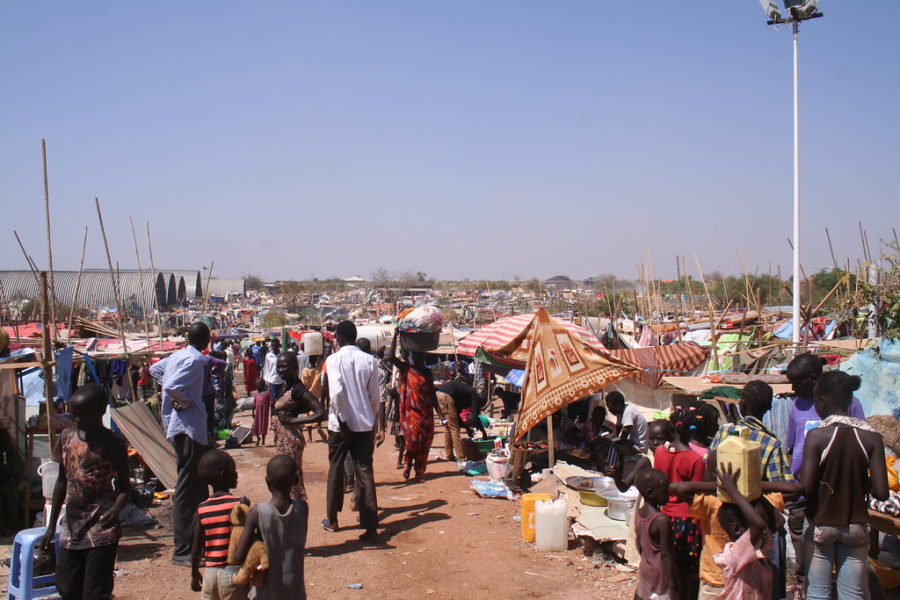Crisis in Sudan
May 7, 2023
After months of tension, fighting erupted in Sudan’s capital, Khartoum on April 8, 2023. The conflict was caused by two military groups fighting for control over the country. The groups, the Sudanese Army (led by General Abdel Fattah al-Burhan), and a paramilitary group called the Rapid Support Forces (led by Gen. Mohammed Hamdan Dagalo), had worked together to overthrow the dictator, Omar al Bashir, in 2019. After the successful coup, they planned to have the military and civilian groups rule together for a few years before becoming fully civilian-run. However, this plan led to confusion and now violence.
The recent confusion is due to difficulty with military integration and conflict regarding leadership roles. The Rapid Support Forces group was expected to be integrated into the Sudanese army once civilian rule was in place. However, the two groups argued about the specific timeline of this integration. Furthermore, there was disagreement about which general would be subordinate to the other once the two were integrated.
The disagreement has caused intense fighting and destruction. Most hospitals in Khartoum have shut down, and some hospitals are occupied by fighters, leading to unsuccessful treatment for injuries. There is also a loss of water and electricity in most parts of the city. At least 550 people have been killed, including at least two Americans, and 4,900 have been injured. 90 diplomats have been successfully evacuated by the U.S. military, including the American ambassador. The White House has stated that they will temporarily suspend operations at the Khartoum embassy. There have also been plans in place to rescue American nationals living in Sudan, which numbers around 16,000. The U.S. government is considering sending troops to Port Sudan, which is on the Red Sea, to carry out these evacuations. Nations of Europe and Africa have also been planning to evacuate their citizens.




















































